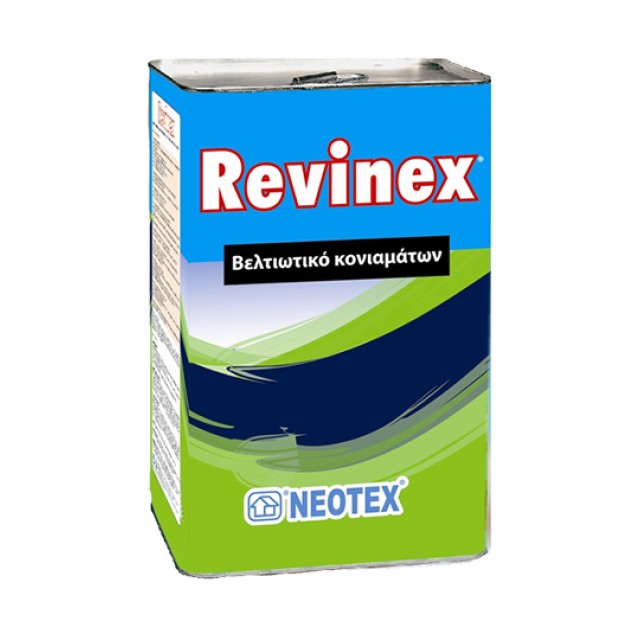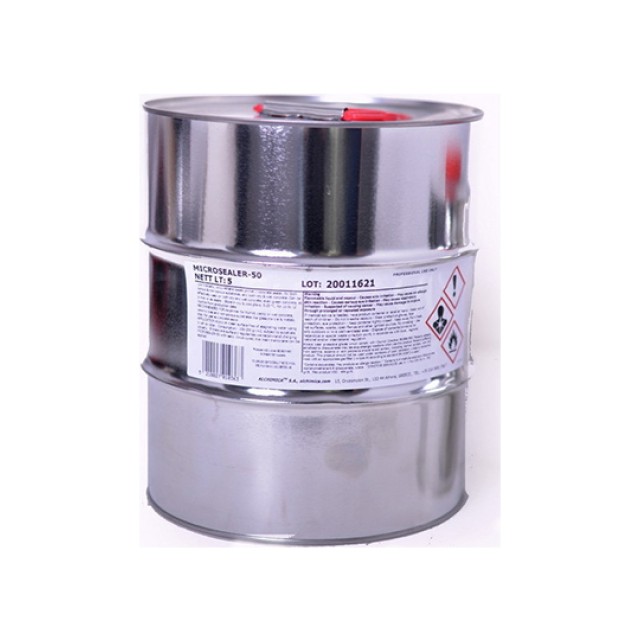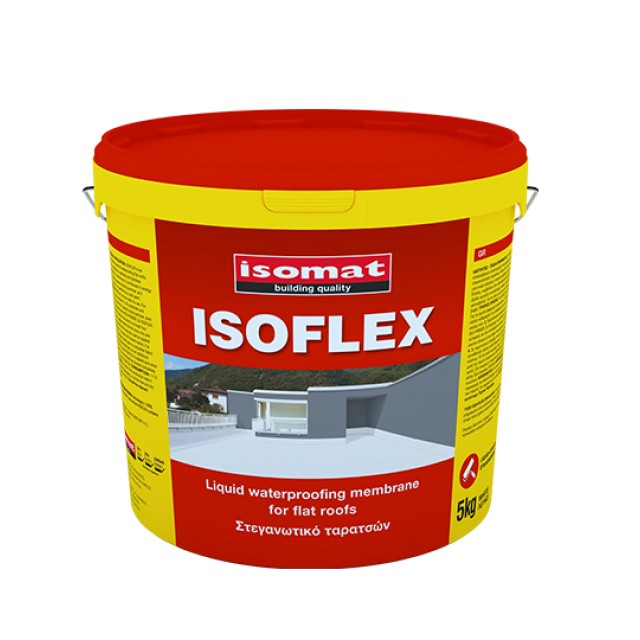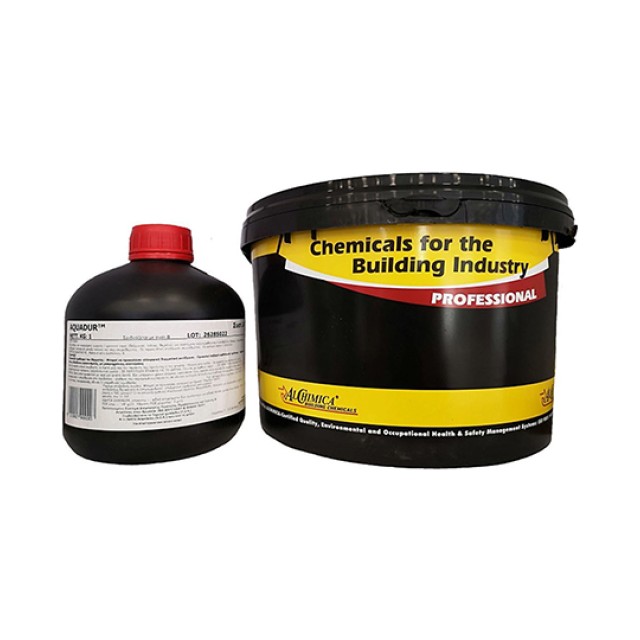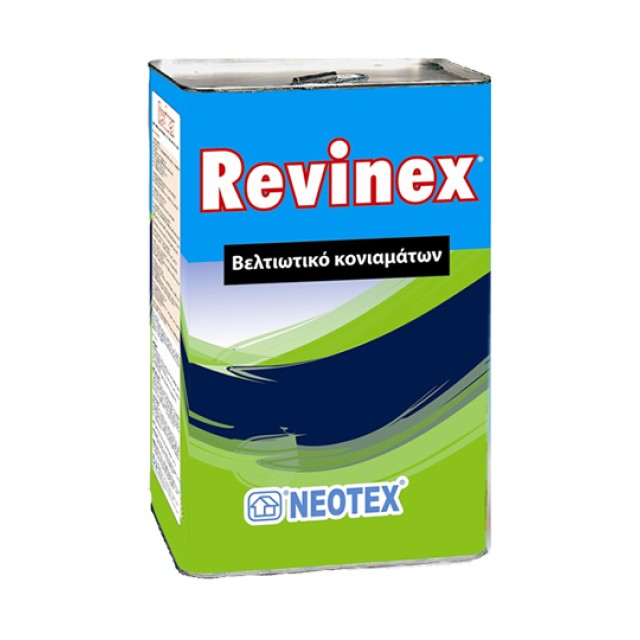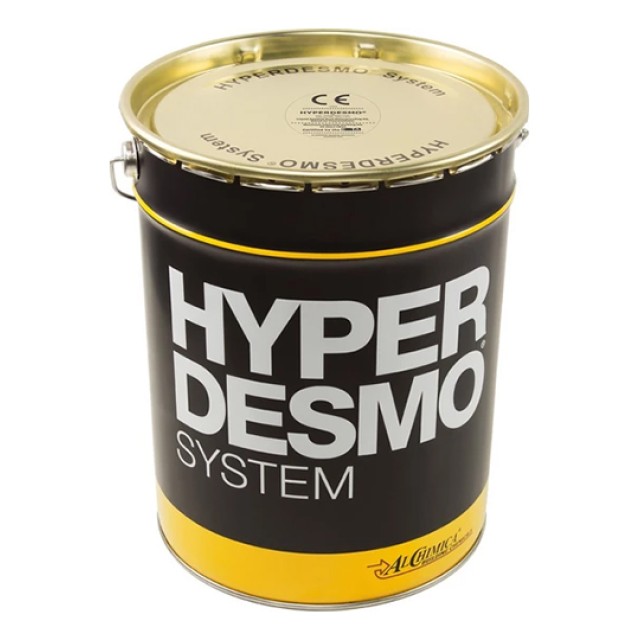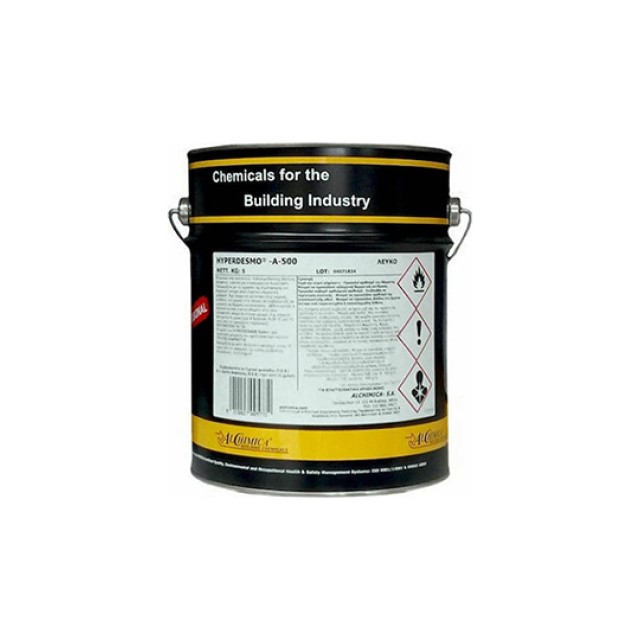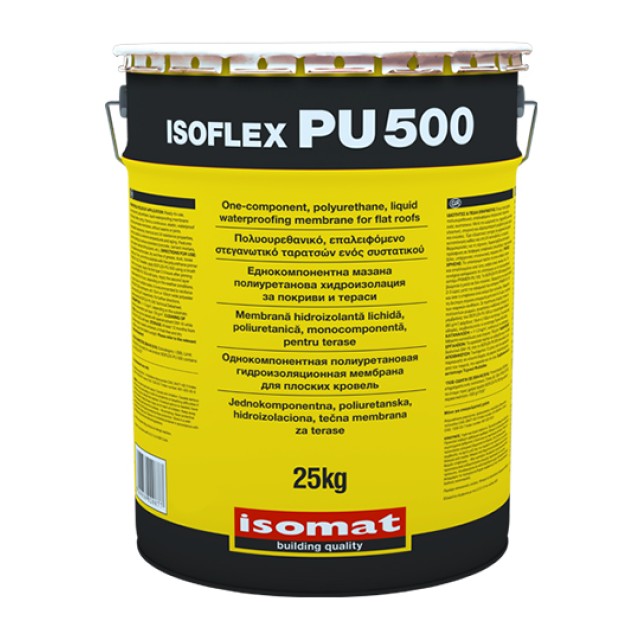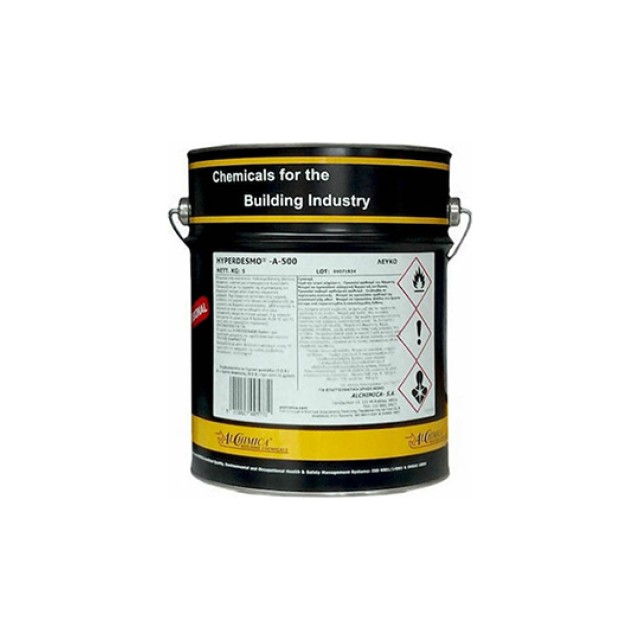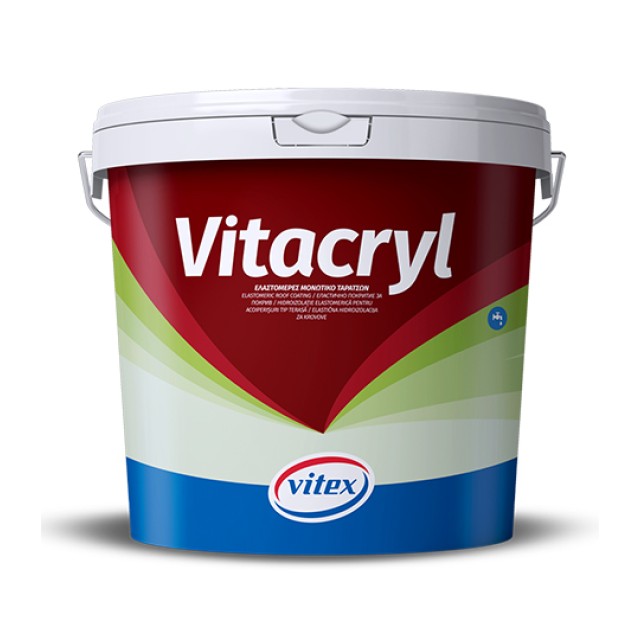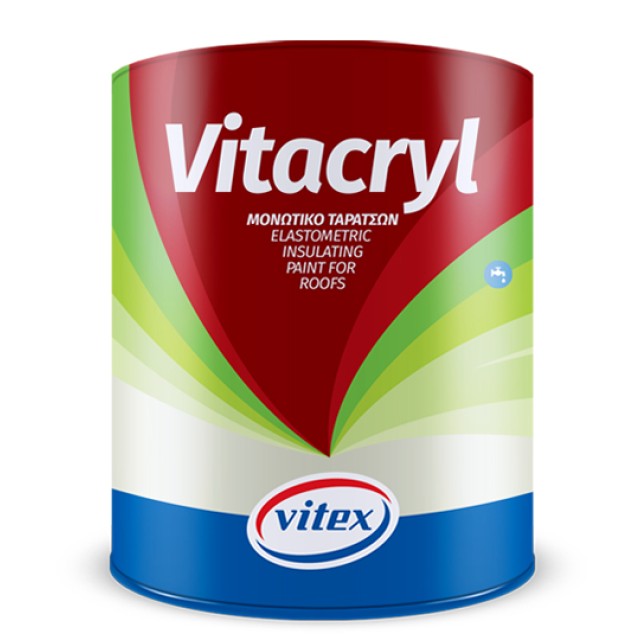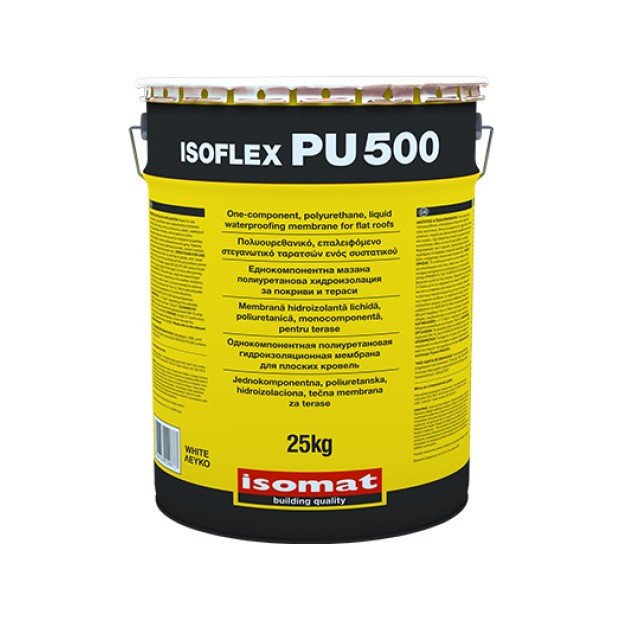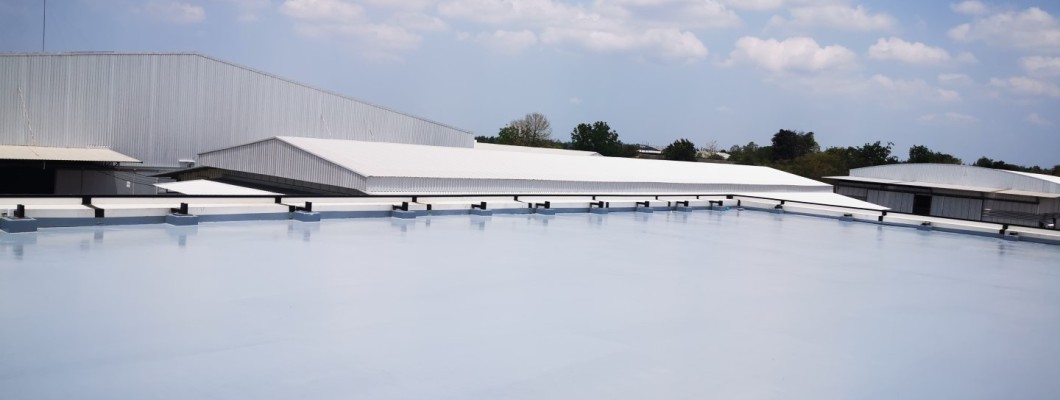
Waterproofing your roof is one of the most important investments you can make for your home. Here are six key reasons why waterproofing is essential:
Protection against leaks and moisture
Waterproofing the roof protects the house from leaks and moisture. Without proper waterproofing, water can penetrate the structures of the house, causing damage to materials and creating conditions for mold and fungus growth. These conditions not only ruin the aesthetics of the house but can also affect the health of the residents.
Energy Efficiency
A well-sealed roof significantly contributes to improving the energy efficiency of the house. During winter, waterproofing helps retain heat inside the house, reducing the need for heating. Accordingly, in summer, waterproofing prevents excessive heat from entering the house, reducing the need for air conditioning. This can lead to significant energy and cost savings.
Increased Roof Lifespan
Waterproofing protects the roof from weather conditions such as rain, sun, and ice. Without waterproofing, the roof can suffer damage from exposure to these conditions, reducing its lifespan. With waterproofing, the roof remains in good condition for more years, avoiding the need for frequent repairs and replacements.
Increased Property Value
A house with a waterproofed roof is more attractive to buyers. Waterproofing offers greater security and comfort, which is highly valued in the real estate market. Buyers are willing to pay more for a house that is well-protected from weather conditions and has lower energy costs. Thus, waterproofing can increase the value of your property.
Noise Reduction
Waterproofing can also help reduce noise entering the house from the roof. This is particularly useful if you live in a noisy area, such as near busy roads or in areas with high activity. Waterproofing can provide a quieter and more comfortable living environment.
Protection from Thermal Stress
Thermal stress from temperature changes can cause cracks and damage to the roof. Waterproofing helps reduce these stresses, keeping the roof in better condition and avoiding costly repairs.

